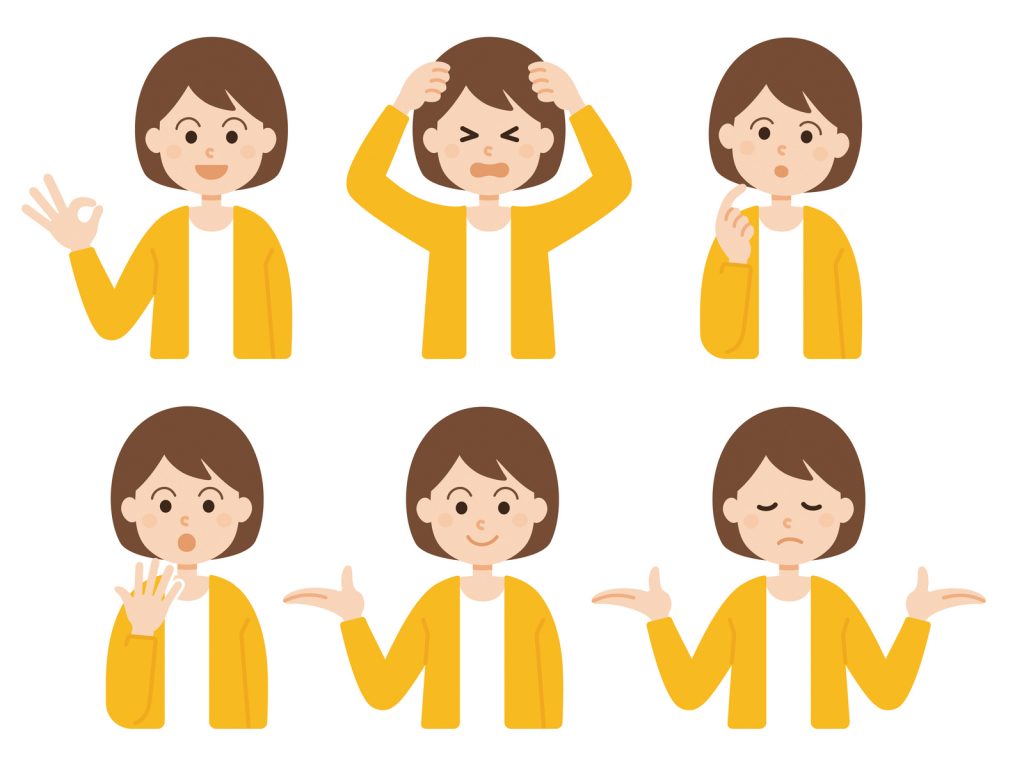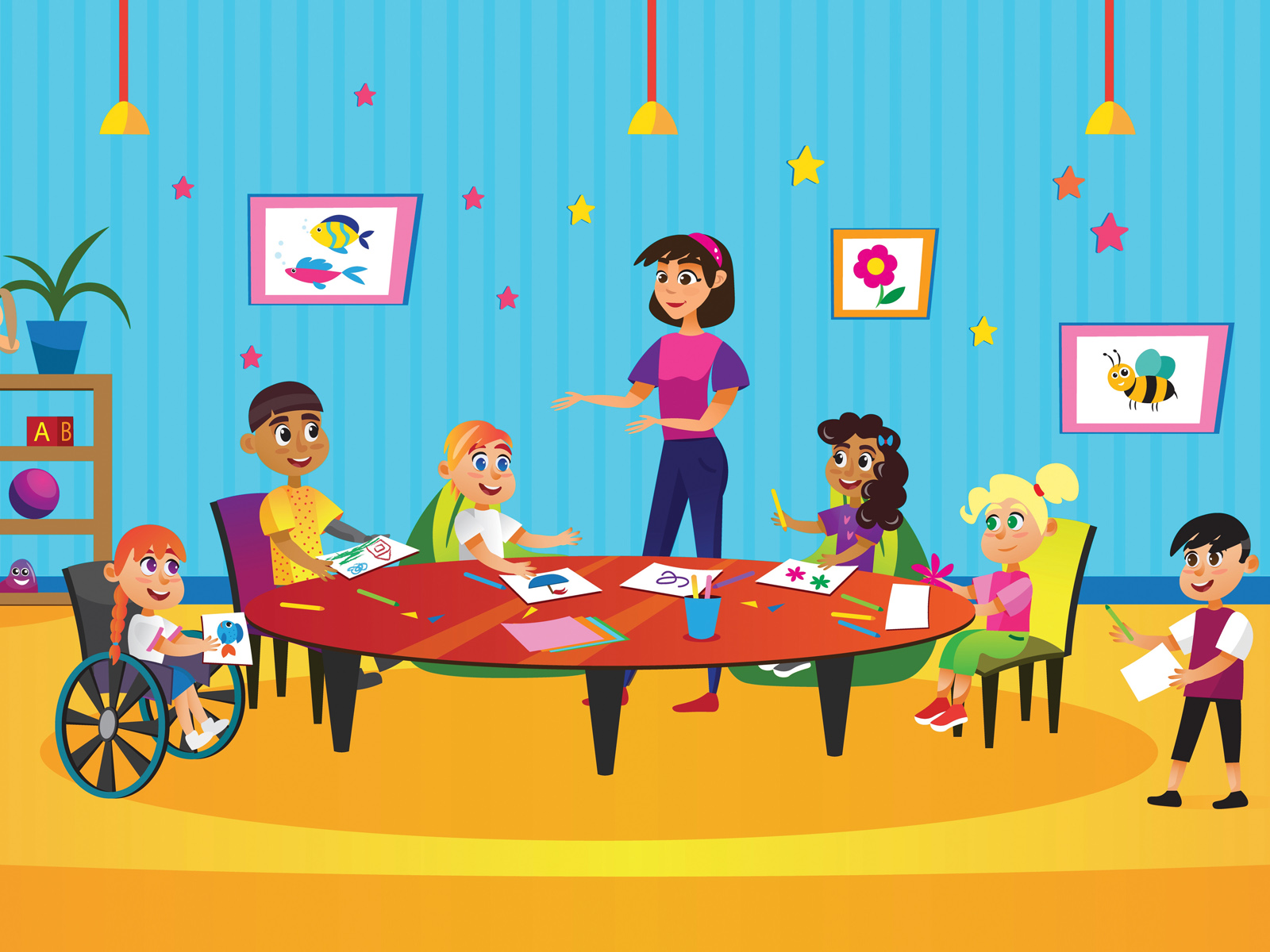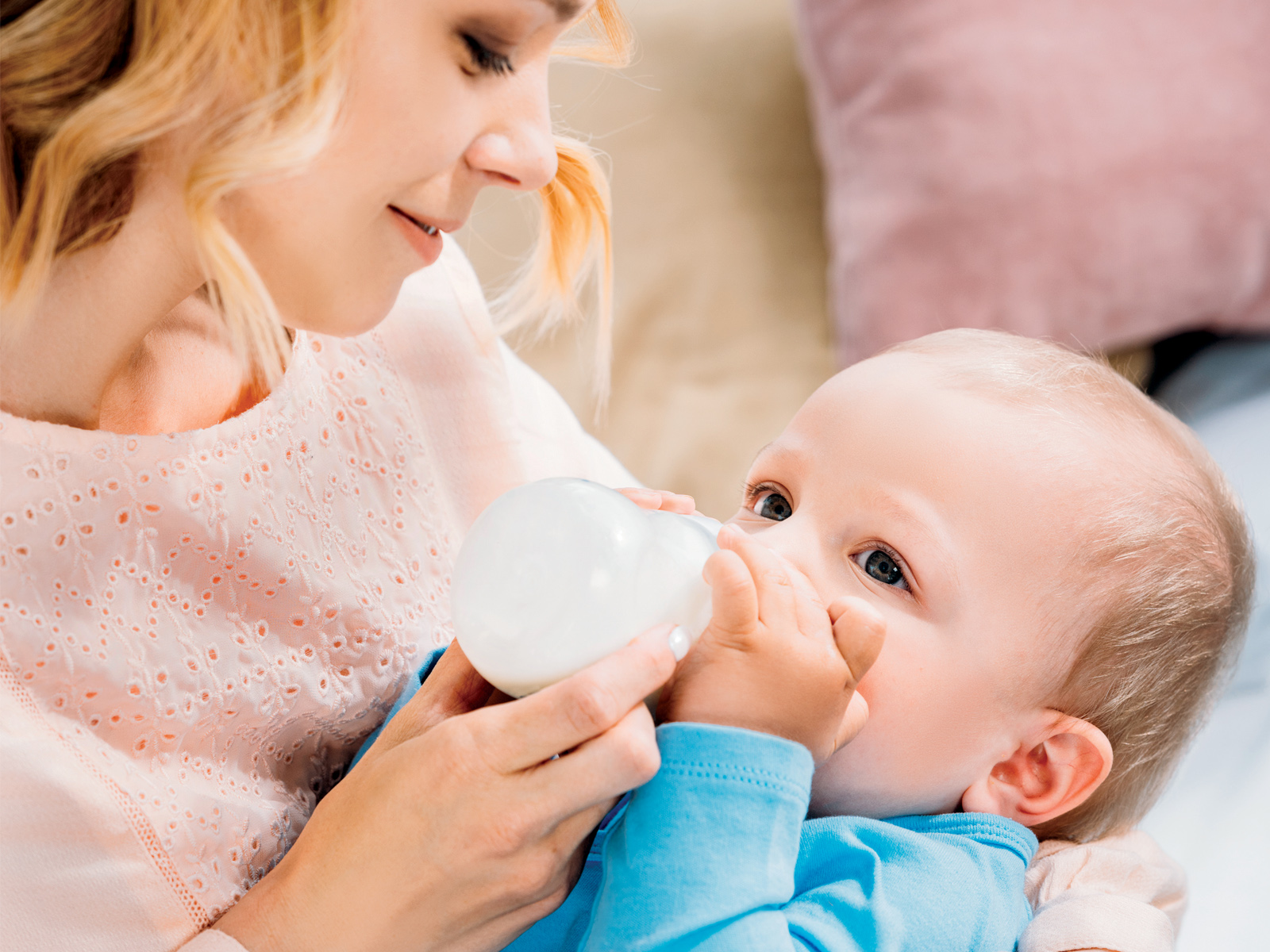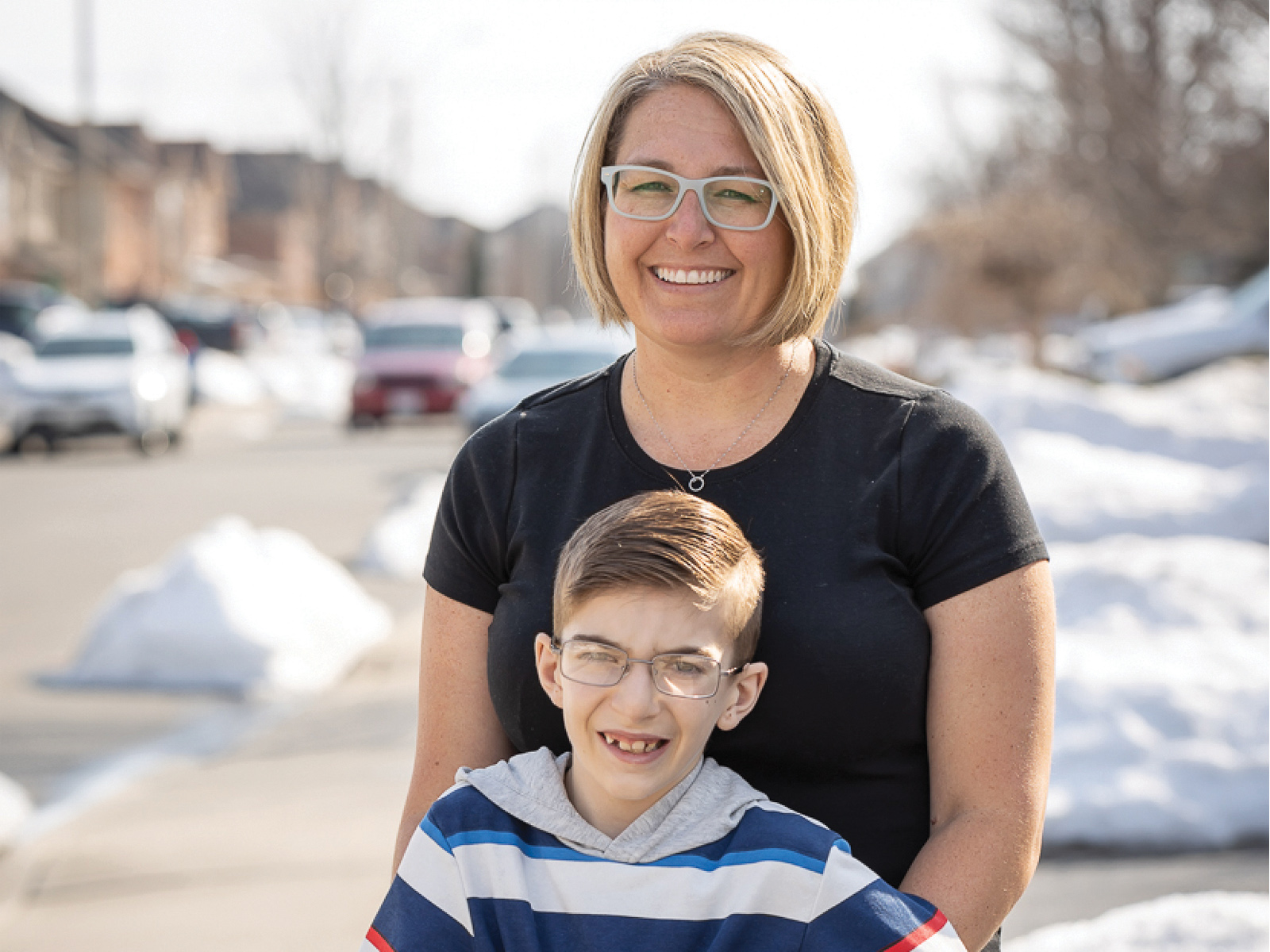How to be a modern parent
We all want to be the best parents we can be for our children, but there is an overwhelming amount of conflicting advice on how to raise a kid who is confident, kind and successful. Every aspect of being a parent has become more complicated and more fraught during the pandemic. Here, we’ll talk about how to help your child grow up to be a person you really like without losing yourself in the process.
Research tells us that to raise a self-reliant child with high self-esteem, it is more effective to be authoritative than authoritarian. You want your child to listen, respect and trust you rather than fear you. Be supportive, but try not to hover.
As your child develops, the challenges will change, and your thinking may evolve, but your approach should be consistent, firm and loving. Help your child learn through experience that making an effort builds confidence and helps you learn to tackle challenges. Calibrate your expectations about what your child is capable of doing independently, whether you have an infant learning to sleep through the night, a toddler helping to put toys away, or an older child resolving conflicts.
Remember, there is no one right way to raise a child. Do your best, trust yourself and enjoy the company of the small person in your life.
Source: nytimes.com

How to get your kids to do stuff
Parenting experts say that giving your kid excessive reminders related to chores, tasks, or responsibilities—and feeling frustrated about it—is best understood as a sign that your current system isn’t working rather than a problem in and of itself. If you find yourself in reminder hell, here are some expert-recommended strategies to help your family get to a better place. 1. Make the invisible visible. Have a family meeting to discuss how many things happen in a day for a family to function, then recruit them to participate. 2. Treat nagging as a sign that something isn’t working. Ask yourself if the expectations you have are clear and fair. 3. Start with problem-solving. When everyone is calm, describe the issue in neutral terms, solicit potential solutions, and write them down. Make a plan and then try it out! Revisit problem-solving when things invariably go off the rails again. 4. When necessary, remind them playfully and calmly. Writing notes from objects such as the trashcan saying “Please empty me, I’m smelly!” can go a long way. 5. Don’t just tell, teach. Children are “social workers” until about age 8 and neurodivergent kids may need more time to learn a task, which means caregivers should expect to do tasks with their kids. 6. Expect to revisit things, development isn’t linear.
Source: vox.com

Paediatric authenticity
In paediatrics, decision-making for patients is typically understood to involve a balance between patient interests, surrogate authority, and relational interests. Yet there is a distinct relevant set of considerations that is often unacknowledged—those related to patient authenticity. A focus on authenticity asks not what is best for the patient or what the patient would choose but, rather, what is most consistent with who the patient is. In essence, “authenticity” refers to the capacity to be a “particular self,” a “distinctive individual” (a character), to “do it my way,” and to have particular beliefs and values that are “mine.” This could involve the patient’s likes and dislikes, disposition, plans, abilities, behaviours, relationships, and personality. Patient authenticity as a guide to decision-making is not a new idea as it has been proposed in the context of adult surrogate decision-making. However, there has been no exploration of its applicability in paediatrics, until now. This article suggests that authenticity can clarify considerations that fall between a child’s strictly medical interests and broader familial or relational interests. There are limits of applying certain philosophical conceptions of authenticity in paediatrics, including that the authenticity of children tends to be less well-developed than that of adults; however, this article advocates that the individual features of children are often worth paying attention to.
Source: The Hastings Center














